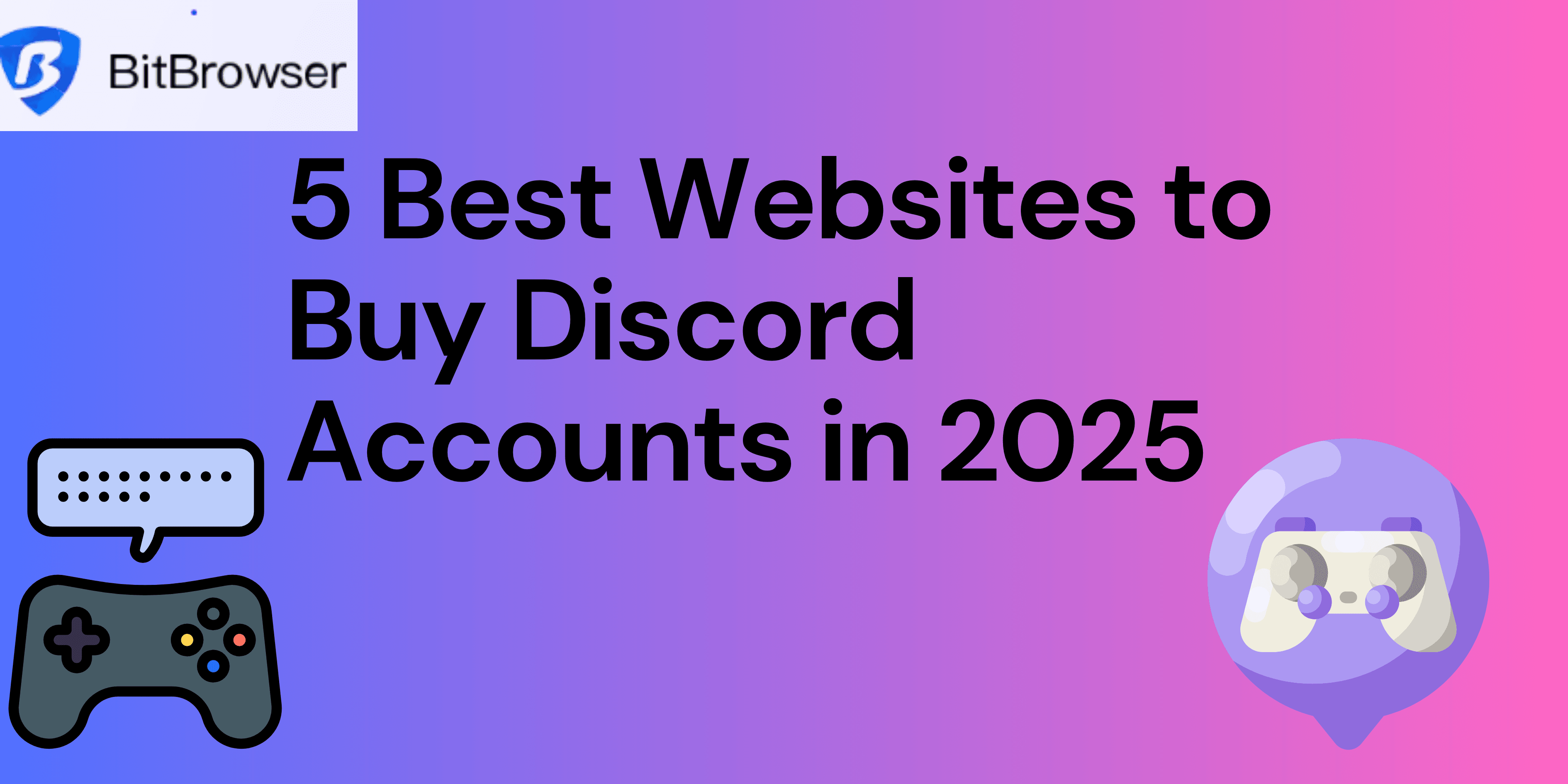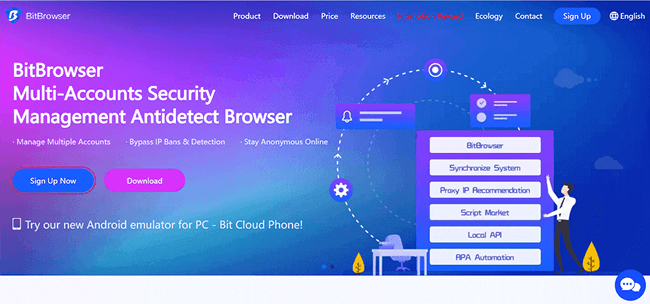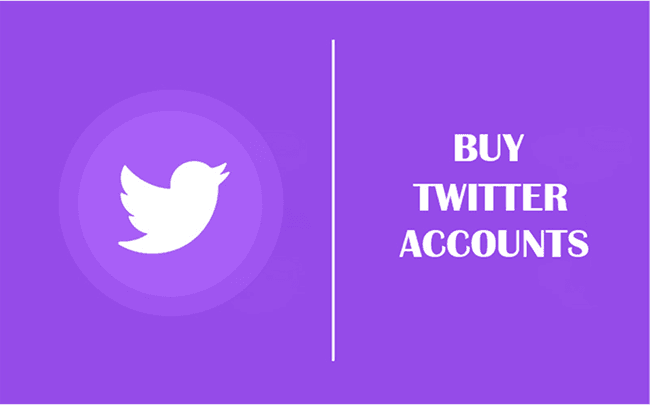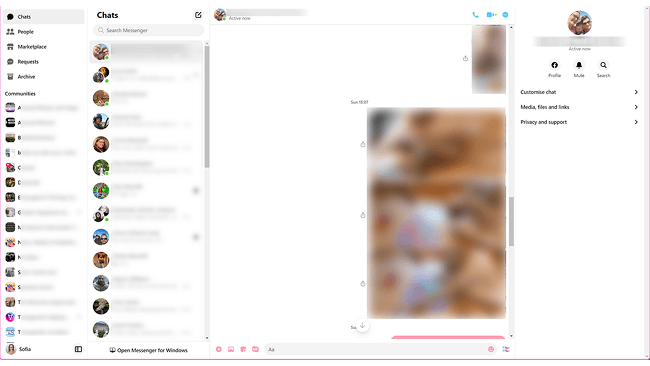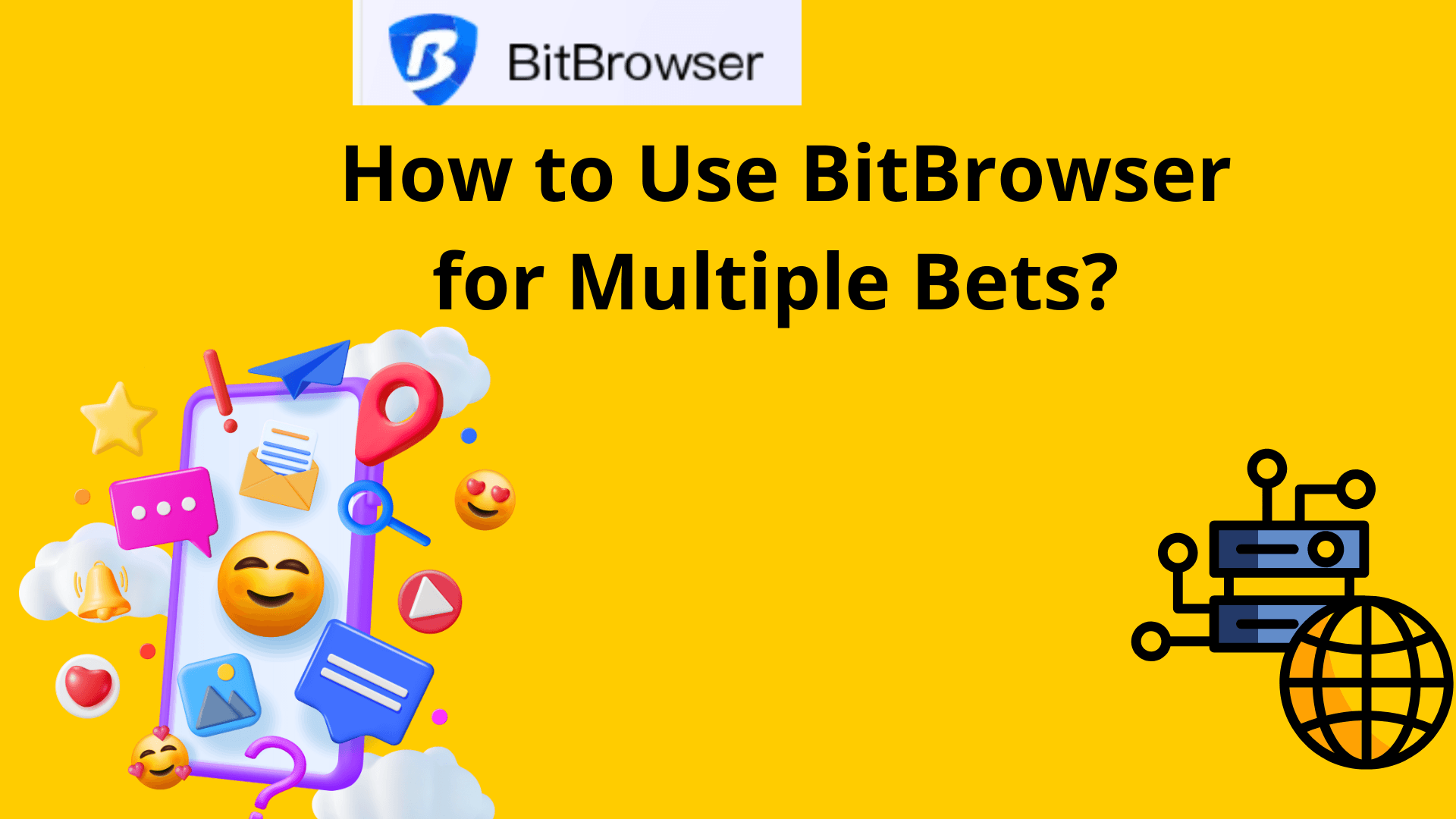
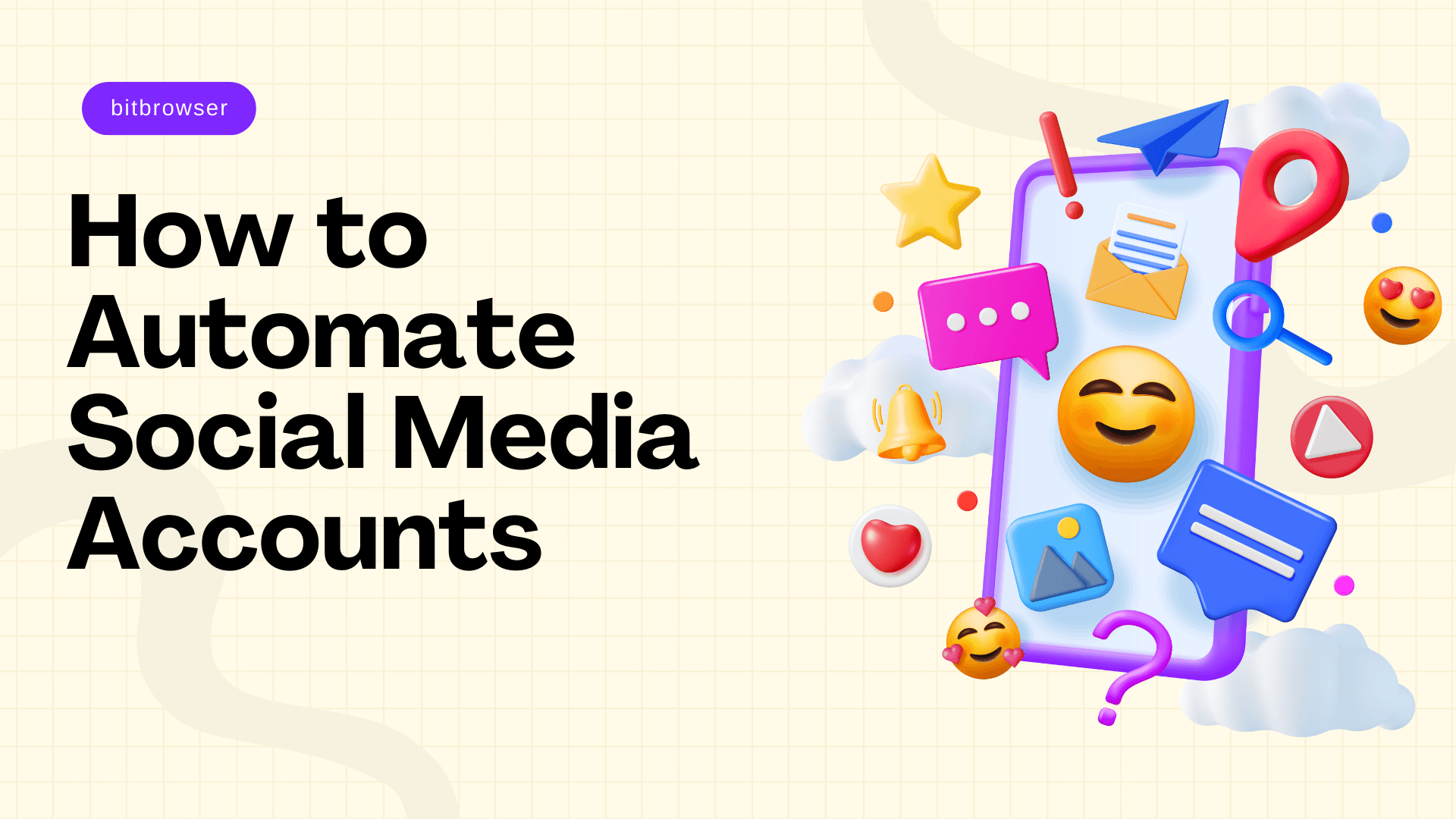
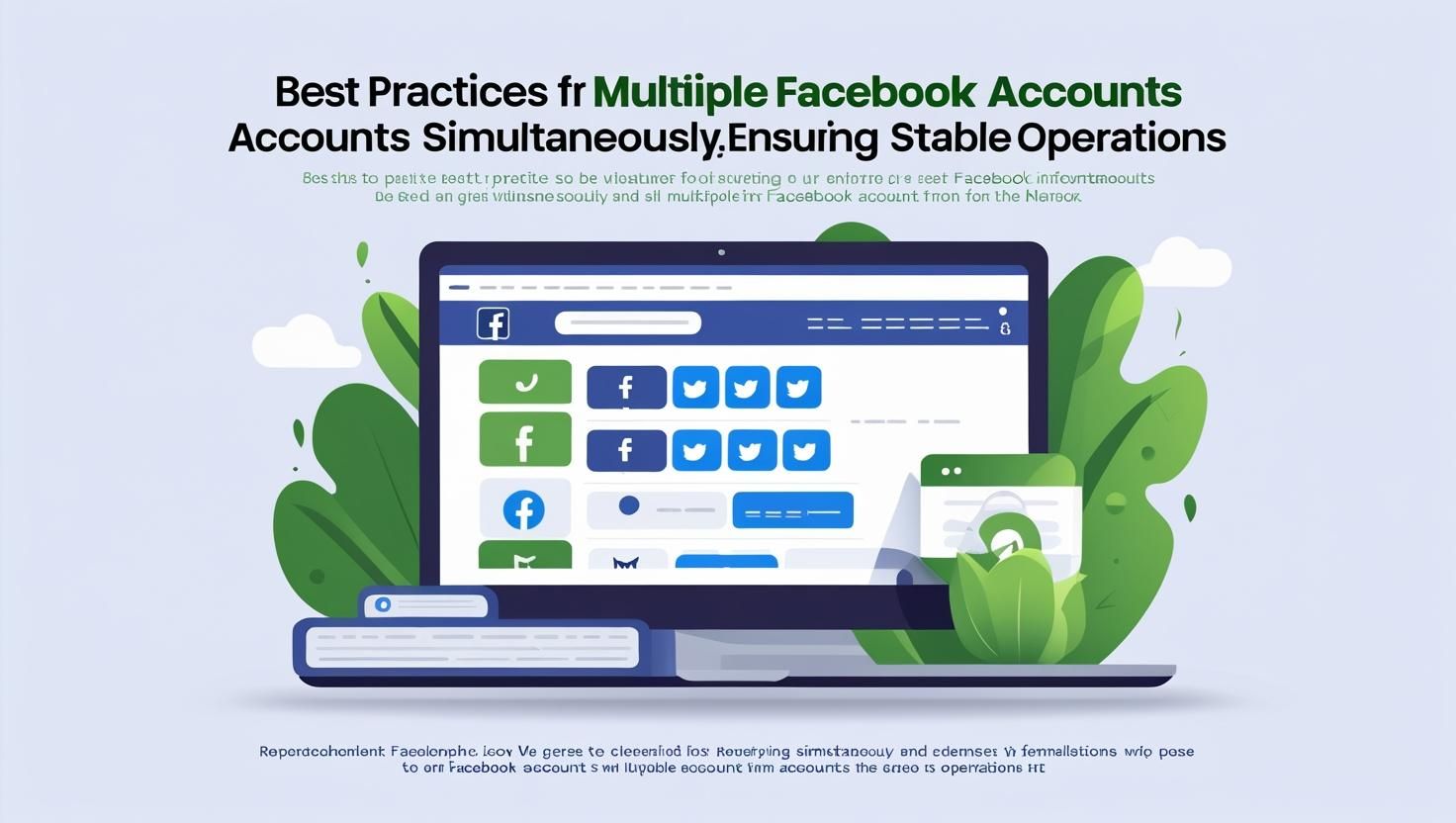
Top 10 Web Scraping Tools in 2025
 2025.07.02 23:21
2025.07.02 23:21
In 2025, web scraping remains a crucial method for gathering publicly available data from the internet. From market research and competitor analysis to machine learning training sets and automation, scraping tools are more advanced and accessible than ever. With growing demand for scalability, anti-bot protection, and low-code options, the right tool depends on your specific use case.
Top 10 Web Scraping Tools (Free & Paid)
1. Scrape.do
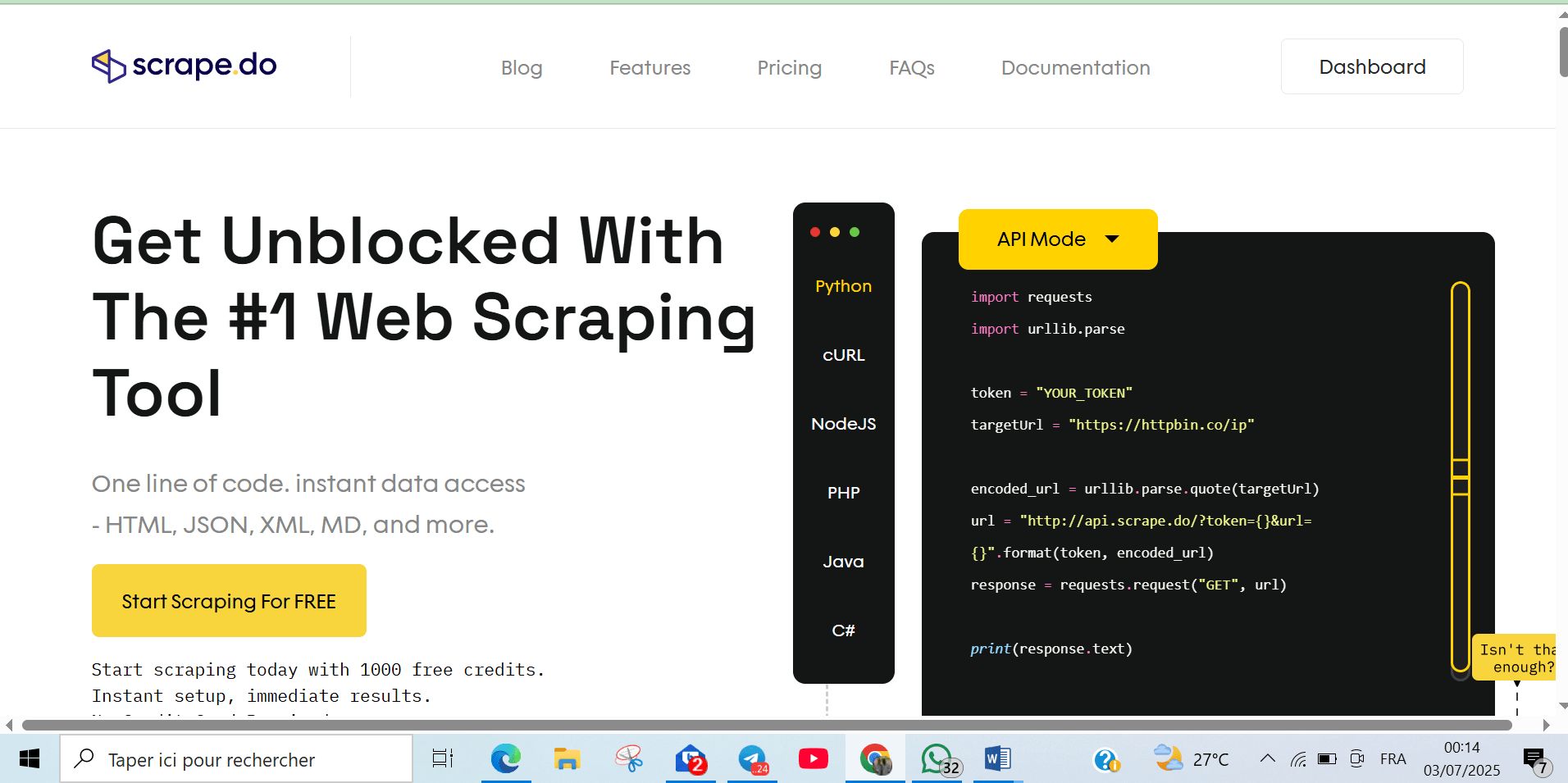
Best for: Scalable and automated scraping with zero maintenance
Scrape.do delivers a fully managed web scraping API that takes care of proxies, browsers, and CAPTCHAs—all in under 30 seconds. Built for performance and reliability, it offers enterprise-grade scraping with LLM-compatible data delivery.
Key Features:
- Automatic CAPTCHA & block handling
- Global proxy rotation & location targeting
- Human-like browser behavior
- Webhook & callback support
- 24/7 technical support
- Backconnect infrastructure
➡️ Ideal for developers, SaaS platforms, and large-scale data extraction.
Visit Scrape.do
2. BeautifulSoup (Python Library)
Best for: Beginners & small projects
BeautifulSoup is a lightweight Python library that simplifies HTML and XML parsing, perfect for quick scripts and smaller scraping tasks.
Key Features:
- Easy-to-read syntax
- Works with broken HTML
- Integrates with requests and other Python libraries
Perfect for students, researchers, and Python developers.
3. Scrapy (Python Framework)
Best for: Advanced developers & high-volume scraping
Scrapy is a powerful open-source web crawling framework used for building scalable spiders.
Key Features:
- Asynchronous requests handling
- Built-in data pipelines
- Proxy and user-agent middleware
Excellent for tech-savvy users building custom scraping projects.
4. Puppeteer (Node.js)
Best for: Scraping JavaScript-heavy websites
Puppeteer enables headless browser automation using Chromium, perfect for rendering and extracting data from dynamic pages.
Key Features:
- Full browser control
- Screenshot and PDF generation
- Captures content rendered via JavaScript
➡️ Best for scraping dynamic content and automation testing.
5. Playwright
Best for: Multi-browser scraping & automation
Developed by Microsoft, Playwright supports Chromium, Firefox, and WebKit, making it ideal for robust scraping across multiple engines.
Key Features:
- Cross-browser support
- Powerful API
- Auto-waiting and network monitoring
➡️ Great for developers needing cross-browser compatibility.
6. Octoparse
Best for: Non-coders & business users
Octoparse is a no-code web scraping tool with a user-friendly, point-and-click interface. You can build data extraction workflows without writing a line of code.
Key Features:
- Cloud-based scraping
- Pagination and login support
- Scheduled scraping
➡️ Ideal for marketers, analysts, and researchers with no coding experience.
7. ParseHub
Best for: Visual data extraction from dynamic sites
ParseHub uses a visual interface to help users extract data from even complex sites with JavaScript, AJAX, or drop-downs.
Key Features:
- Works with JavaScript-heavy sites
- Offers desktop & cloud options
- Visual project builder
Recommended for beginners and non-technical professionals.
8. DataMiner (Browser Extension)
Best for: Quick, small-scale scraping tasks
DataMiner is a Chrome and Edge extension that allows on-the-fly data extraction without complex setups.
Key Features:
- Built-in scraping templates
- Exports to CSV or Excel
- Live preview of data
Perfect for scraping tables, job listings, or product data.
9. WebHarvy
Best for: Visual and image-based scraping
WebHarvy is a point-and-click scraper that lets users visually define what data to extract.
Key Features:
- Extracts images, text, URLs
- Supports pattern-based scraping
- Proxy integration
➡️ Useful for eCommerce data, image scraping, and product monitoring.
10. Apify
Best for: Custom bots & cloud automation
Apify is a flexible cloud platform for web scraping, automation, and browser control. It features pre-built "actors" (bots) and supports custom development.
Key Features:
- Scalable cloud infrastructure
- API and SDK integration
- Community-built bots
➡️ Best for agencies and businesses with automation needs.
Conclusion: Choosing the Right Web Scraper in 2025
Choosing the right web scraping tool depends on your needs, technical background, and project scale:
- For beginners: Start with BeautifulSoup, DataMiner, or Octoparse.
- For developers: Use Scrapy, Puppeteer, or Playwright for powerful, code-driven scraping.
- For scalable solutions: Scrape.do and Apify offer full-stack scraping infrastructure.
- For no-code users: Try ParseHub or WebHarvy to extract data visually.
Whether you're building an AI training set, monitoring competitors, or automating workflows, these tools provide the flexibility and performance you need in 2025.
 petro
petro
 Multi-Account Management
Multi-Account Management Prevent Account Association
Prevent Account Association Multi-Employee Management
Multi-Employee Management
